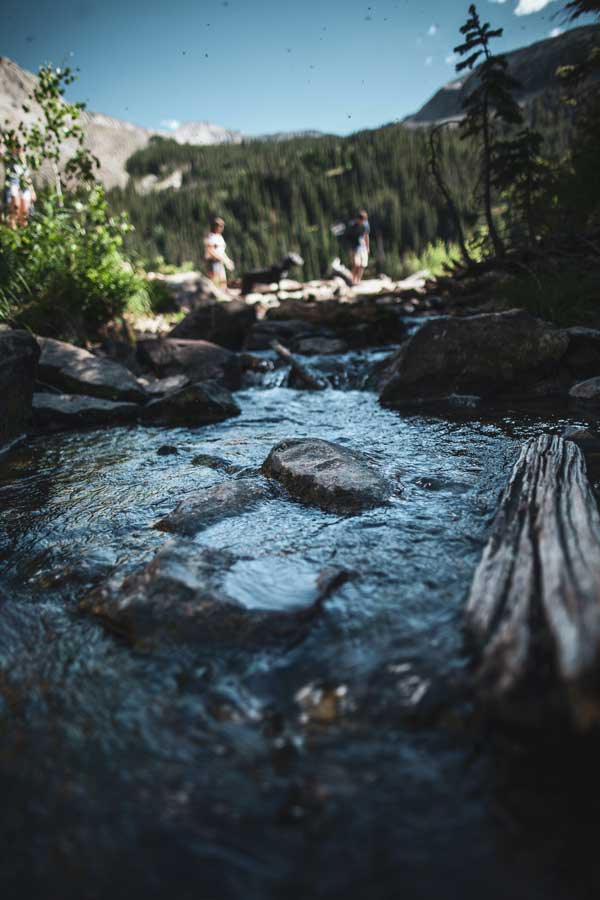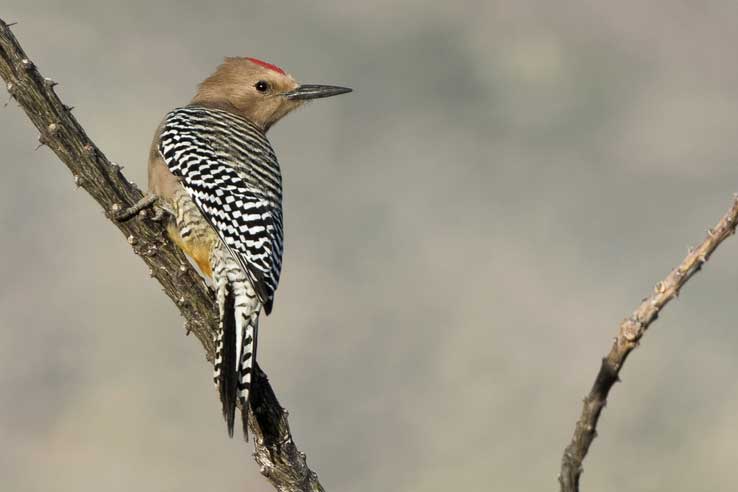
Rivers are easy to exploit and it’s not just plastic and fertilizers that are damaging rivers across the Southwest. Invasive species are also particularly troublesome.
One path to keep our rivers flowing is to remove invasive species and nurture native species back to their home.
Burn, cut. Poison. Dig and pull. Repeat. If only it was that easy.
Forever Our Rivers is pleased to announce its spring grant awards of $200,000 given to four nonprofits hard at work removing invasive plants in key tributaries to the Colorado: the Dolores, Verde, Gila and Escalante rivers that flow through Colorado, Arizona, Utah and New Mexico.
The invasive tamarisk tree is one of the biggest challenges to healthy rivers. Native to Europe and Asia, this ornamental was brought to the US in the 1800s, valued for its pretty, delicate flowers and the filtering shade it brings on a hot afternoon in the desert. Today, it has taken over nearly one million acres in the Southwest.
Crews of youth and veterans spend long days in rugged terrain under the hot desert sun working to eradicate invasives. Burn, cut. Poison. Dig and pull. Repeat—for years.
Tamarisk, also known as salt cedar, is problematic because it pushes out native species like cottonwood trees, which have palatable seeds and thick limbs which are perfect for large birds like raptors and woodpeckers.
Tamarisk poisons the soil with salt which accumulates in its tissues and then seeps into the ground, so even after it is removed, native plants have trouble getting re-established. And, tamarisk uses more water per acre than the natives, dwindling surface- and ground-water along rivers and wetlands.
The consequences of not protecting rivers are very real and challenging—polluted waters, lack of protection from floods and less flows for wildlife and household use.
Fortunately, Forever Our Rivers and our partners are dedicated to making a difference. Through grants from our Southwest River Stewardship Fund we amplify the work of RiversEdge West, Grand Staircase Escalante Partners, Gila Watershed Partnership and Friends of the Verde River.
Crews are making progress removing invasive species and, in conjunction with the University of Utah, we’re collecting and analyzing data to help determine, and share, the most effective treatments. This not only helps with future efforts but leverages the tens of millions of dollars already spent on river restoration in the Southwest.
Costs to monitor and maintain native species have escalated significantly this year. If you’d like to help us get this important work accomplished, donate here or contact Ann Johnston, executive director of Forever Our Rivers, for more information.
Why do native species matter?
Along the lower Colorado, thickets of invasive species have crowded out native trees including one of the rarest and most threatened forests in the US—the cottonwood/Gooding willow forest.
Cottonwood-willow habitat is species rich—meaning that hundreds of birds, mammals and amphibians rely on it for food, shelter and breeding. Without it, many of these species may not survive.

Birds, including the Gila woodpecker, rely on the dense, high foliage of cottonwoods and willows for food and breeding, neither of which is provided by the tamarisk.
A medium-sized noisy extrovert, the Gila’s flight is typical of most woodpeckers, with bursts of quick flapping followed by short glides. In flight, you can identify them by an obvious white patch on their wings. Their bellies are a beautiful golden yellow and the males sport a delightful bright red cap.

Cottonwood-willow forests are also a key source of food for beavers. Known as ecosystem engineers, they increase biological diversity where they live. For example, using willow branches they build dams to spread and direct water. They also clear obstacles and create trails, which helps them transport materials to their lodges or escape from predators.
